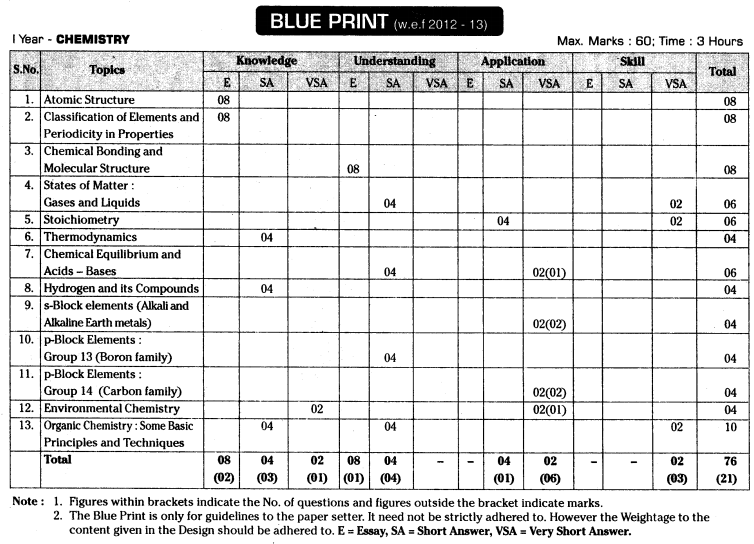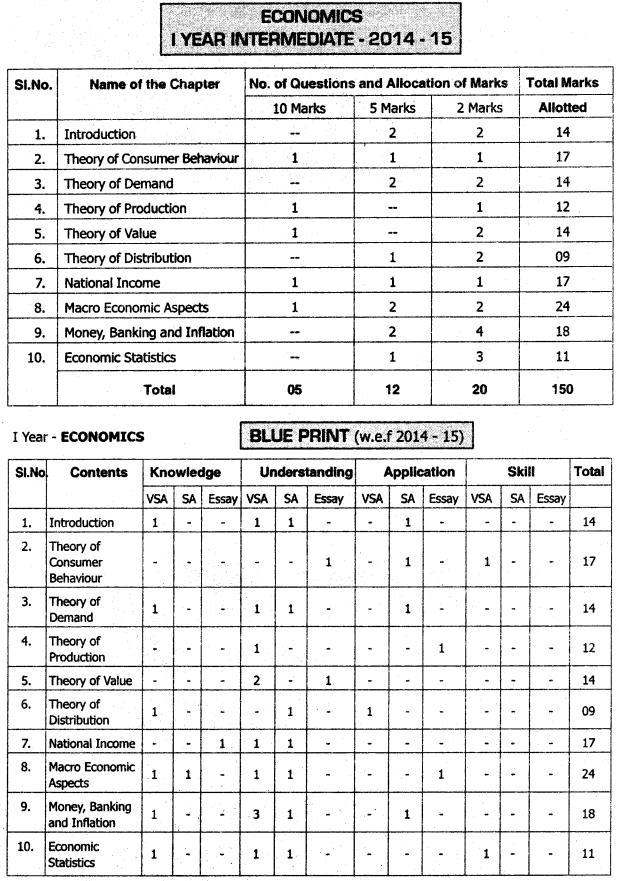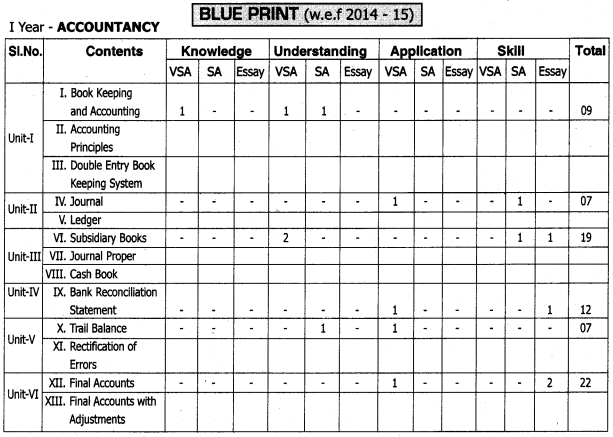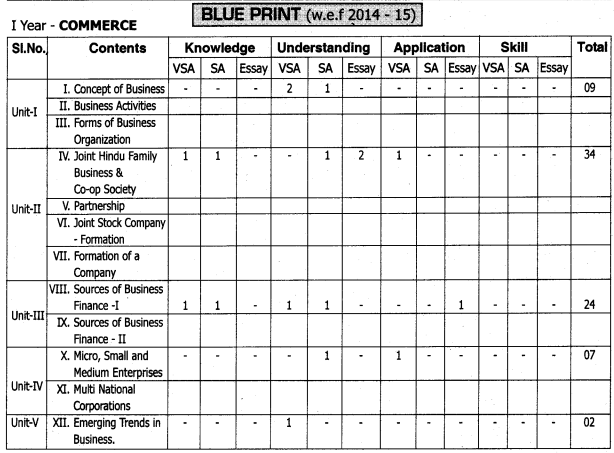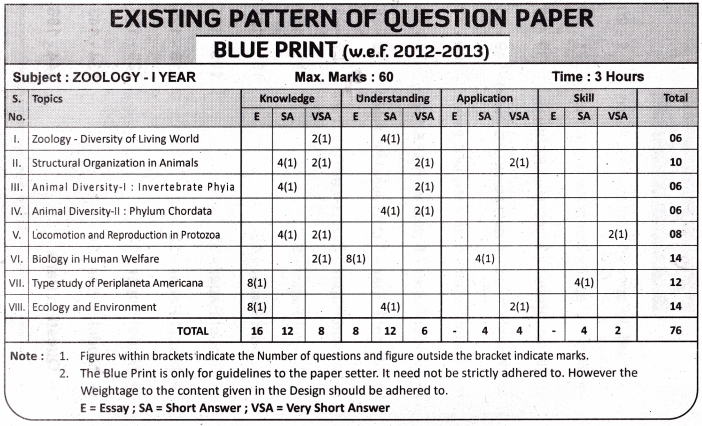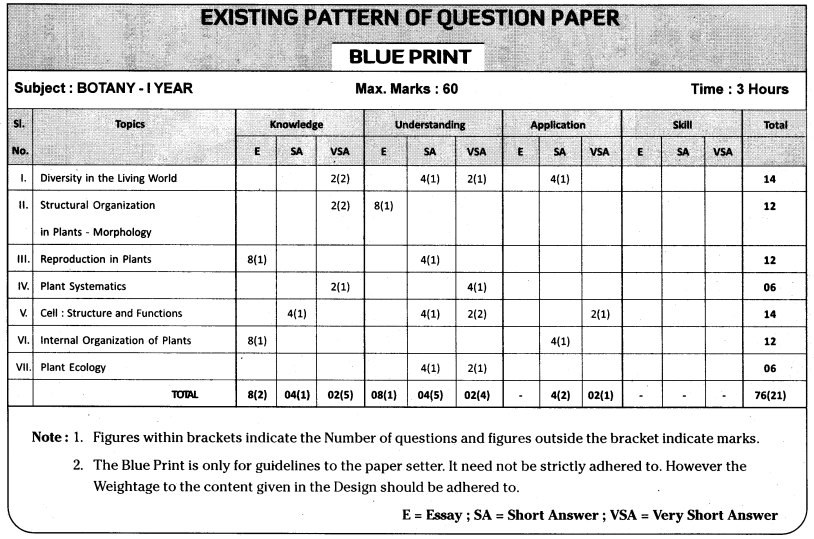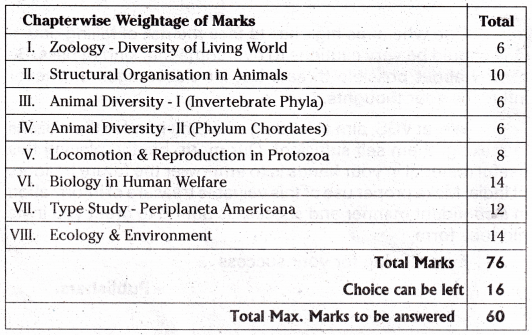Telangana & Andhra Pradesh BIEAP TS AP Intermediate Inter 1st Year Civics Study Material Textbook Solutions Guide PDF Free Download, TS AP Inter 1st Year Civics Blue Print Weightage 2022-2023, Telugu Academy Intermediate 1st Year Civics Textbook Pdf Download, Questions and Answers Solutions in English Medium and Telugu Medium are part of AP Inter 1st Year Study Material Pdf.
Students can also read AP Inter 1st Year Civics Syllabus & AP Inter 1st Year Civics Important Questions for exam preparation. Students can also go through AP Inter 1st Year Civics Notes to understand and remember the concepts easily.
AP Intermediate 1st Year Civics Study Material Pdf Download | Jr Inter 1st Year Civics Textbook Solutions
AP Inter 1st Year Civics Study Material in English Medium
AP Inter 1st Year Civics Study Material in Telugu Medium
TS AP Inter 1st Year Civics Weightage Blue Print 2022-2023
TS AP Inter 1st Year Civics Weightage 2022-2023 | TS AP Inter 1st Year Civics Blue Print 2022
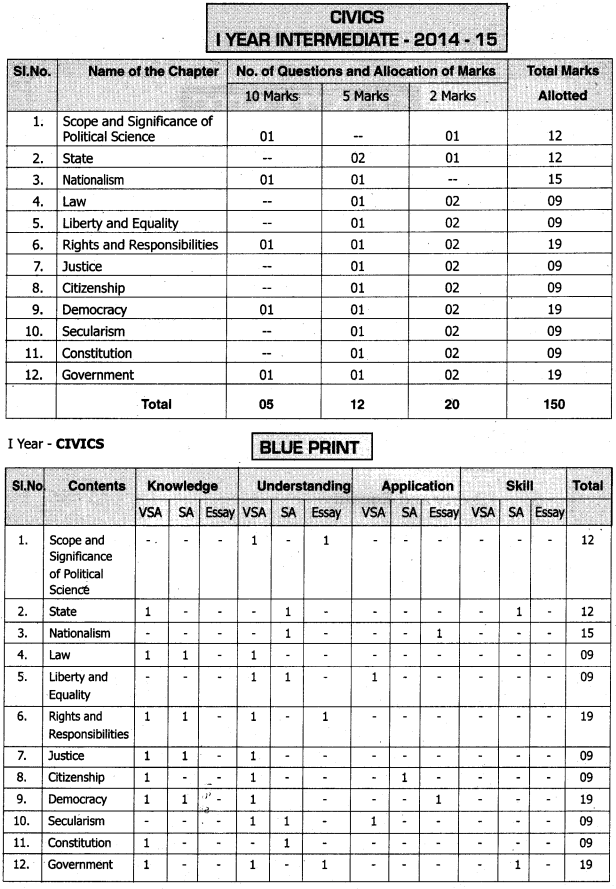
Intermediate 1st Year Civics Syllabus
TS AP Inter 1st Year Civics Syllabus
Chapter 1 Scope and Significance of Political Science
Meaning of Political Science, Origin of Political Science, Definitions of Political Science, Nature of Political Science, Scope of Political Science, Significance (or) Importance of Politica Science
Chapter 2 State
Meaning and definition of State, State and Its Essential elements – Population, Territory, Government and Sovereignty, Other elements of the State – International recognition, permanence, general obedience, and popular will, Relationship between State and Society, DIfferences between Stat. and Society, Relationship between State and Association, Differences between State and Association, Relationship between State and Government, Differences between State and Government
Chapter 3 Nationalism
Meaning and definitions of Nation, Meaning and definition of Nationality, Essential Elements of Nationality, Nationalism, Differences between Nation and State, Differences between Nation and Nationality, National self-determination, India is a Nation State, Uni-national State, Multi-national State, Connotations of Nationality, Different phases of Nationalism, Merits and Demerits of Nationalism
Chapter 4 Law
Meaning of Law, Definitions of Law, Features of Law, Sources of Law, Classification of Law, Law and Morality Relationship, Law and Morality Differences, Relation between Law and Liberty, Differences between Law and Liberty, Rule of Law
Chapter 5 Liberty and Equality
Introduction to Liberty, Meaning of Liberty, Definitions of Liberty, Aspects of Liberty, Characteristics of Liberty, Types of Liberty, Safeguards of Liberty, Elements Threatening of Individual Liberty, Introduction to Equality, Meaning of Equality, Aspects of Equality, Essential features of Equality, Types of Equality, Various obstacles to Equality, Relation between Liberty and Equality
Chapter 6 Rights and Responsibilities
Introduction, Meaning and Definition of Rights, Features of Rights, Classification of Rights, Important Civil Rights, Important Political Rights, Important Economic Rights, Fundamental Rights, Safeguards of Rights, Human Rights, Features of Human Rights, Responsibilities, Types of Responsibilities, Important Responsibilities of a citizen, Relationship between Rights and Responsibilities
Chapter 7 Justice
Introduction, Definitions, Major Concepts of Justice, Connotations of Justice, Aspects of Justice, Evolution of Justice, Sources of Justice, Types of Justice, Social Justice, Achievement of Social Justice
Chapter 8 Citizenship
Introduction, Definition, Aliens, Methods of Acquiring Citizenship, Loss of Citizenship, Qualities of good Citizen, Hindrances to good Citizenship, Suggestions for overcoming the hindrances to good Citizenship, Types of Citizenship, Global or Universal Citizenship, Significance of Citizenship
Chapter 9 Democracy
Introduction, Origin, Evolution, and growth of Democracy, Features of Democracy, Types of Democracy, Merits of Democracy, Demerits of Democracy, Essential conditions to the success of Democracy, Importance of Democracy, Working of Democracy in India, Devices of Direct Democracy, Future of Democracy in India
Chapter 10 Secularism
Introduction, Origin of Secularism, Meaning and definitions of Secularism, Interpretations on Secularism, Types of Secularism, Factors that led to the spread of Secularism, Conceptions of Secularism, Dimensions of Secularism, Secularism Vs Theocracy, Meaning of Theocracy, Differences between Secular State and Theocratic State, Merits of Secularism, Meaning of Secular State, Features of Secular State, Importance of Secular State, Secularism in the Indian context, Suggestions for making India as a Secular State
Chapter 11 Constitutions
Introduction, Definitions of Constitution, Essential features of the Constitution, Classification of Constitution
Chapter 12 Government
Introduction, Meaning of Government, Classification of Governments, Unitary Government, Federal Government, Distinction between Unitary and Federal Governments, Parliamentary Government, Presidential Government, Differences between Parliamentary and Presidential Governments, Theory of Separation of Powers, Organs of Government, Legislature, Executive, Judiciary
We hope that this Telangana & Andhra Pradesh BIEAP TS AP Intermediate Inter 1st Year Civics Study Material Textbook Solutions Guide PDF Free Download 2022-2023 in English Medium and Telugu Medium helps the student to come out successful with flying colors in this examination. This Jr Inter 1st Year Civics Study Material will help students to gain the right knowledge to tackle any type of questions that can be asked during the exams.
